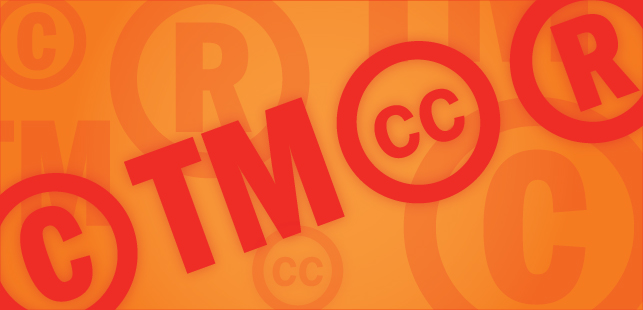10 Absolute Facts about Copyright... Sort Of

Copyright issues quickly become complicated by the circumstances in which creative works are made or infringed upon- which explains why creative professionals defer to their lawyers when difficulties arise. However, there are several basic concepts (below) that will give you a point of entry into a more comprehensive understanding of copyright law, when you need it.
1. Your work: You own the copyright (the right to use and reproduce your work) from the second you create the work (press the shutter, click the record button, etc) until and unless you assign any of your rights to someone else.
2. Work for Hire: If you’re an employee of a company for whom you are generating images, music etc. the copyrights to that material belong to the company.
3. Freelance Work: You own the rights to any images/music/written material you make during a freelance assignment unless you have agreed to sell some or all of the rights to the client.
4. Ideas: You can’t copyright an idea (only the actual production of an idea).
5. Registering a Copyright: There is a procedure for registering your materials in the Copyright Office in the Library of Congress. There is a small fee to do so but registered copyrights will give you a large advantage should you need to sue someone’s ass off who infringed on your copyright.
6. © You do not have to place the copyright symbol with your name and “year created” near your published or printed materials- but if you do it’s easier to nail someone for infringement on your copyright if you go to court.
7. Infringement: A fashionable flourish along sleeves or perhaps the seam of your pants that was popular in the 60’s. (And especially: when someone uses copyright protected material without permission it is illegal and called an “infringement”).
8. Internet: If someone swipes your picture/song/video from the internet and uses it for their own purposes, it is a copyright infringement. (Btw, the same is true if you nick some else’s material for your own purposes.)
9. Public Domain: Pictures, compositions and other “works” whose copyright protection has expired (old stuff) or “works” that were never covered by copyright law (really old stuff) are not copyright protected and are considered in the “public domain” thus can be legally used by anyone.
10. Fair Use: Exceptions to copyright protection include newspapers using copyrighted materials without permission for reporting and teachers who make multiple copies of copyrighted materials for classroom distribution. There also seems to be some wiggle room with using copyrighted materials for portfolios, especially student portfolios.
For a more thorough discussion of copyright law go here. Also, read A Simple Guide for Photographers, Artists, Illustrators, Writers, Musicians and Other Creative Individuals by Andrew Epstein.

